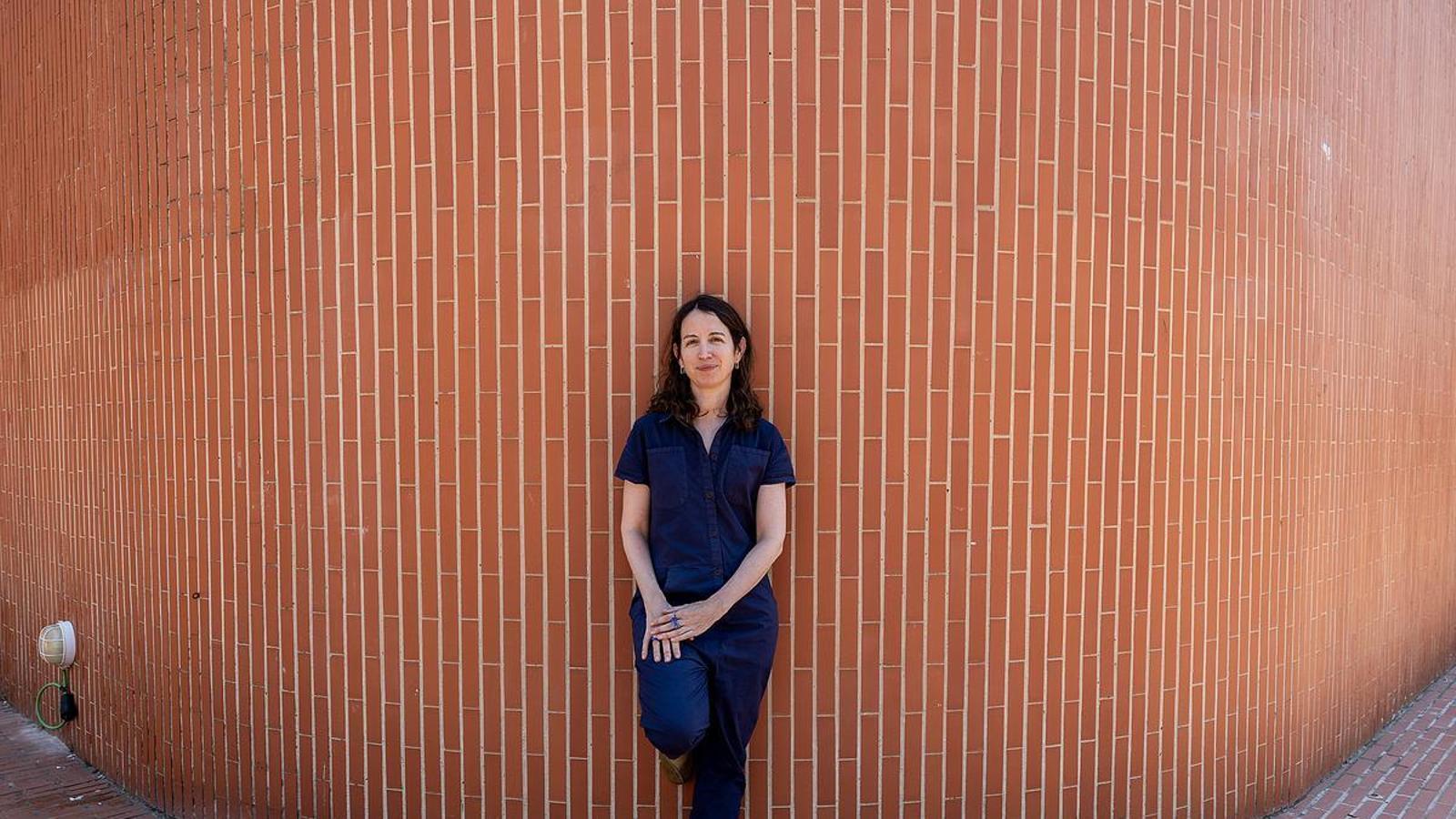"The model of the little house and the garden is perverse"
Eulàlia Gómez Escoda, professor at the Barcelona School of Architecture, defends the "dense and intense" city to address the climate crisis.


When we think of an architect, we imagine someone who designs buildings, large or small, public or private, residential or office. But the reality is that architects do more than design houses. They also design cities: the spaces we walk through, where we exercise, where we sit and rest, have been designed by someone. And that someone is an architect.
"We don't just make buildings, we also make cities," Eulàlia Gómez-Escoda proudly summarizes. A professor at the UPC School of Architecture, she declares herself "deeply in love" with urban planning—"a word invented by Ildefons Cerdà"—and with Barcelona. "Cities have always had a very bad press; they've been seen as overcrowded, unhealthy places where people live in overcrowded conditions, where there's pollution, but in reality, they're very special and very interesting places."
Interesting and controversial. As spaces in constant transformation, home to very different people with very different interests, cities are necessarily complex. "The most special ones are tense and intense, places where many things happen at once. And, of course, we like some of these things and others not so much, but that's what makes them unique because, unlike what happens in rural areas, in a city we are more likely to encounter people who are different from us, who don't think the same way."
Cerdà, revolutionary
It is precisely this wealth that makes cities difficult to manage, with different spheres of power and influence competing to define one model or another. Pleasing everyone is not easy, as has been demonstrated recently by the debate over car use. A debate in which, according to Gómez-Escoda, Barcelona has an advantage. "Cerdà's idea was revolutionary; he distributed space in a completely democratic way, allocating half to vehicles and the other half to pedestrians. And he did something else remarkable: he conceived of cities as spaces where people can walk pleasantly, with a tree every eight meters to provide shade."
These are elements that, two centuries later, are still fully relevant today because climate change is forcing us to address rising temperatures (and, therefore, green spaces), and because the idea of the 15-minute city is gaining supporters (and detractors). For Gómez-Escoda, improving the lives of city dwellers cannot be done by ignoring reality. "We must understand that walking everywhere is a luxury, not a right, and we also cannot ask everyone to abandon cars; there are people who really need them. However, it is clear that a change of mentality is necessary to make the city a more humane place."
The intense city
A change that involves not only giving more space to pedestrians and making room for private vehicles, but also rethinking what a city is. "We can't understand the city as a perfectly defined nucleus with a center and suburbs. We must understand it as a continuum, with many centers, with different textures always within intensity." A concept, that of intensity, that she particularly likes: she's not in favor of models like London's, with single-family homes and commerce concentrated in a few streets, but rather the Barcelona model. "The house-and-garden lifestyle model is perverse, it's not efficient: we need dense cities; more density means more services, a greater mix of activities, more synergies. And that's what makes it a sustainable model, especially now, in a situation marked by climate change. When we talk about creating an intense city, we're not just talking about having more for the sake of having more. Keep in mind," she points out, "the denser the city, the less we punish the country."
Gómez-Escoda champions the urban planning profession, central to our lives: it shapes, improves, or worsens them. "Both architecture and urban planning are public services, which is why it's important for us professionals to take a critical look at what we do. Our work must be useful not only for the present, but also for the future." She views a future with optimism, despite the climate crisis and the lack of housing. "It may not seem like it, but many people are working for future generations, designing better homes and better cities."
